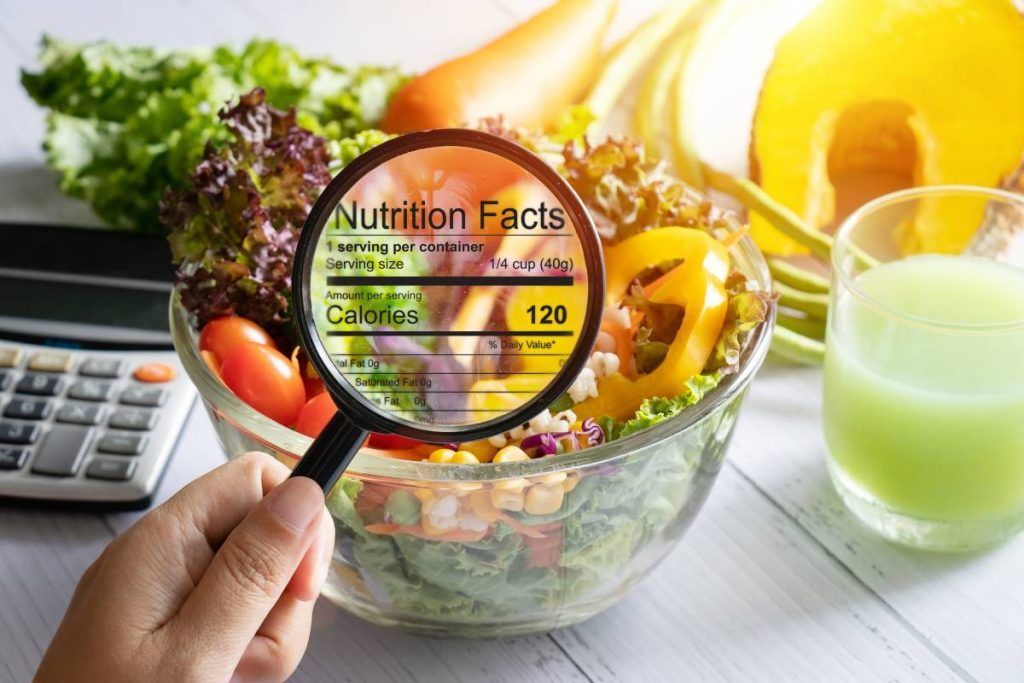
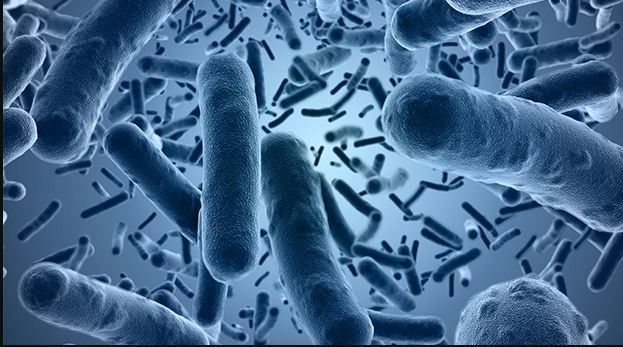


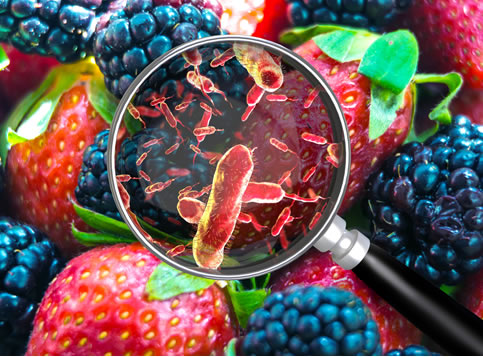
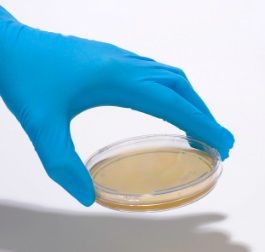
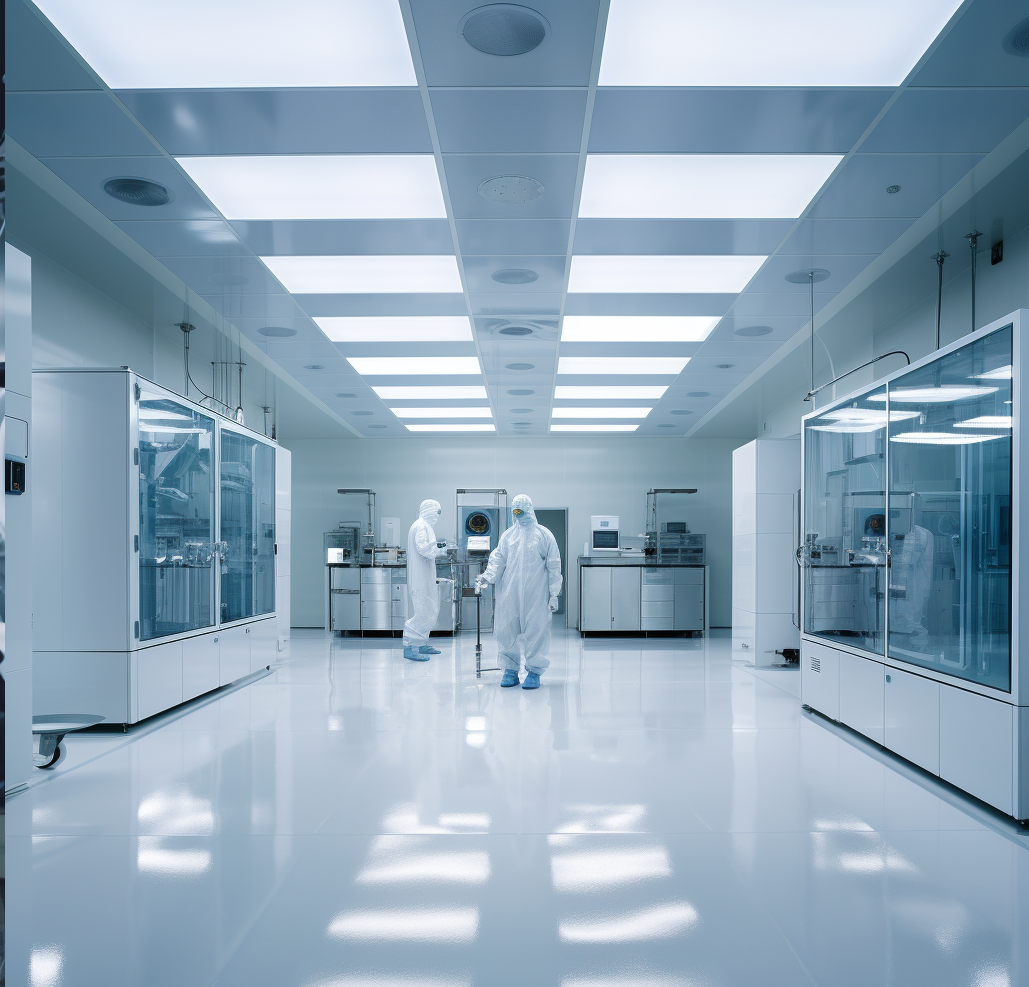

The COVID-19 pandemic has made the general public more conscientious of sanitizing and
disinfecting procedures than ever before. Schools, restaurants, and businesses cover their walls
with signs reminding you to wash your hands for at least 20 seconds with soap and water.
Organizations have new plans in place for routine cleaning of their facilities and emergency
plans for shutdowns and deep cleanings if an employee tests positive. Disinfectant wipes and
household cleaners disappear from the supermarket shelves as quickly as they are stocked as
people strive to eliminate bacteria and viruses from their homes.
While the importance of disinfecting is general knowledge, a surprising amount of people do not
disinfect their spaces correctly.
Timing is Everything
When most people disinfect, they spray the area with the cleaning agent and then immediately
wipe it down with a cloth or paper towel. Used this way, the cleaning agent will likely reduce the
viral load on the surface, but it is not killing everything claimed on the label.
The instructions on the disinfectant’s label specify the amount of time the disinfectant must sit in
order to kill the advertised number of microorganisms, and it’s longer than you might expect.
Most cleaners must sit on the surface anywhere from 30 seconds to up to ten minutes before
they are fully effective.
Contact times are determined by the dilution of the disinfectant and its laboratory-tested mode
of killing its advertised viruses and bacteria. In addition, the instructions may also set different time
limits for sanitizing versus disinfecting.
Sanitizing v. Disinfecting
Lysol Disinfecting Wipes, which are EPA approved to kill SARS-CoV-2, direct the user to keep
the surface wet for ten seconds in order to sanitize. If the goal is to disinfect, the surface must
remain wet for four minutes (1). What is the difference between sanitizing and disinfecting?
While sanitizing reduces the bacteria on a surface, disinfecting kills and removes
microorganisms and is meant to stop the spread of diseases and viruses (2).
Lysol Disinfecting Wipes only kill harmful bacteria and viruses such as Influenza A Virus H1N1,
E. coli, and Human Coronavirus when you follow the procedures for disinfection. Since that is
likely the goal, it is important for any personnel in charge of cleaning a facility to follow the
specific directions on the cleaning agent’s label.
Disinfecting Best Practices
Whether you are disinfecting your home or your laboratory’s cleanroom, the goal should always
be safety and effectiveness. The Environmental Protection Agency (EPA) recommends these
six steps for disinfecting your space (3):
1. Use products that are EPA-approved.
2. Read and follow the directions on the label for your specific disinfecting goals.
3. Pre-clean surfaces with soap and water before disinfecting.
4. Pay close attention to the contact time recommended for that cleaning agent. Remember
that there are different contact times for sanitizing v. disinfecting.
5. Protect yourself from harsh chemicals by wearing gloves and washing your hands
immediately after disinfecting.
6. Store cleaning supplies appropriately.
Certified Testing Labs Can Help
The health and safety of your personnel are too important to leave to chance. A reliable,
third-party laboratory like Sure-BioChem Laboratories can assist you with validating your
cleaning processes and products. We offer microbiological effectiveness testing and ATP
surface analysis to assess the cleanliness of your surfaces and the efficacy of your cleaning
protocols.
Resources:
1. https://www.lysol.com/disinfecting-wipes/disinfecting-wipes/
2. https://www.epa.gov/coronavirus/whats-difference-between-products-disinfect-sa
nitize-and-clean-surfaces
3. https://www.epa.gov/sites/production/files/2020-04/documents/disinfectants-onepager.pdf







Interested in Working with
Sure-BioChem Laboratories
Sure-BioChem Laboratories offers top-notch analytical testing for various industries. Our advanced lab and expert team ensure reliable, quality results. We're committed to excellence, helping clients meet high standards in environmental, food, and pharmaceutical testing.
Headquarters:
1000 Atlantic Avenue
Camden, NJ 08104
PHONE: 888-398-7247
Main Menu